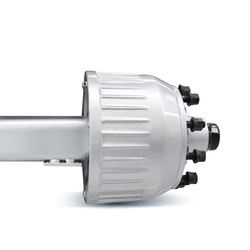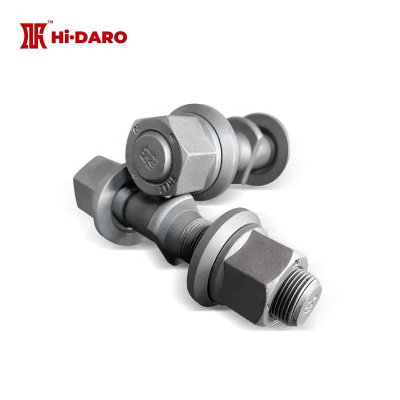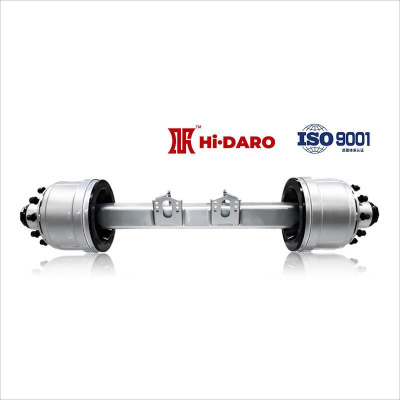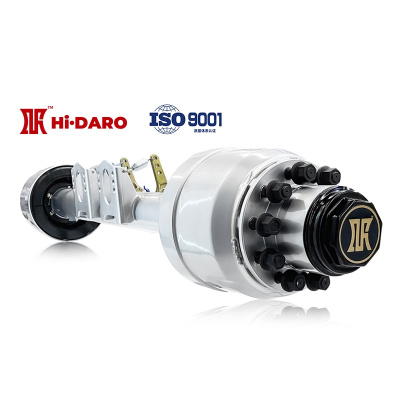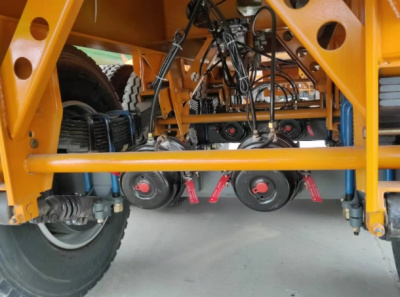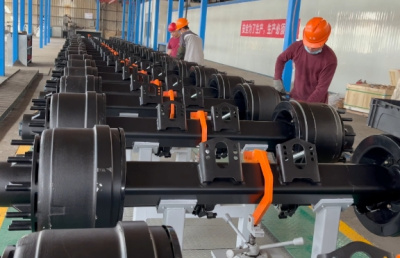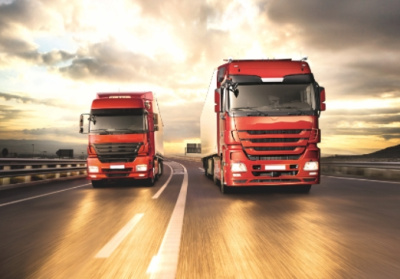Semi trailer axle: Why do 90% owners ignore its importance?
In the world of logistics and transportation, semi-trailer axles play an obscure but vital role. It is not as noticeable as the engine, nor is it as directly related to the driving experience as the cab, but this key component hidden between the wheels really determines the carrying capacity of the vehicle, fuel economy and driving safety. Let's unravel the mystery of this "hidden champion".
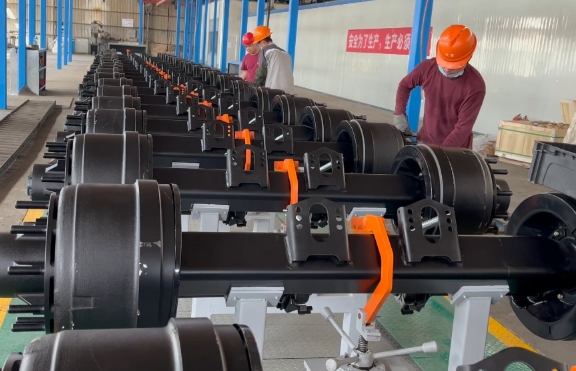
1.semi-trailer axle: not simple "iron knot"
The axle of a semi-trailer is not a simple metal assembly, but a sophisticated system integration. Modern axle assemblies usually contain the following core components:
Axle housing: made of high strength alloy steel cast or welded steel plate, the differential and half shaft are installed inside
Brake system: including brake drum, brake shoe and pneumatic or hydraulic brake mechanism
Suspension connector: Mounting seat connected to air suspension or leaf spring
Wheel end system: wheel hub, bearing and lubrication system
These components work together to withstand a variety of complex loads from cargo and road surfaces. A well-designed axle can work stably at ambient temperatures from -40 ° C to 80 ° C, withstand axle loads of up to 13 tons, and have a service life of more than one million kilometers.
2.the secret behind the axle technical parameters
Reading the axle technical data sheet is the key to choosing the right product. Several core parameters require special attention:
Rated shaft load: there are three grades of 11.5 tons, 13 tons and 16 tons common in China
Speed ratio range: from 2.85 to 4.11, affecting power and economy
Brake size: common 16.5 inches and 19.5 inches, the latter more braking force
Lubrication method: Comparison between traditional grease lubrication and new oil lubrication system
Taking a 13-ton axle of a certain brand as an example, its optimal economic speed ratio is 3.083, which can control the engine speed in the most economic range when cruising at high speed, and save fuel 8-12% compared with 4.11 speed ratio. This difference in the case of 200,000 kilometers per year, means that the fuel cost can be saved by nearly 30,000 yuan.
3.Maintenance misunderstanding: 90% of the owners do not know the facts
There are several common but dangerous mistakes in axle maintenance:
"Maintenance-free" does not mean no maintenance: the so-called maintenance-free axles still need to be regularly checked for oil levels and seals
Lubricating oil replacement cycle: common mineral oil is recommended to replace 50,000 kilometers, and fully synthetic oil can be extended to 150,000 kilometers
Bearing preload adjustment: too tight cause overheating, too loose cause open, need special tools to measure
Brake gap self-adjusting mechanism: it needs to be checked manually on a regular basis and cannot be completely dependent on automatic adjustment
A real case: a team due to neglect of axle oil replacement, resulting in abnormal wear of the differential gear, maintenance costs as high as 28,000 yuan, and regular oil change costs only 800 yuan/time, this lesson of penny wise and pound wise is not uncommon in the industry.
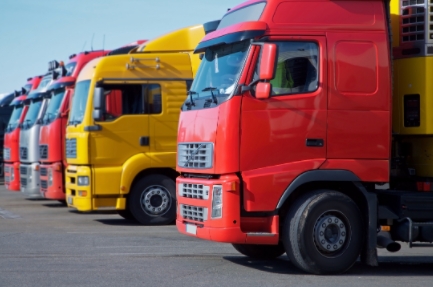
4. cutting-edge technology: the revolution that is taking place in the axle
Global commercial vehicle axle technology is undergoing three major changes:
Lightweight design: Using high-strength steel and optimized structure, the weight reduction of a single axle can reach 150kg
Integration trend: The brake, wheel end monitoring and other functional modules integrated design
Intelligent upgrade: equipped with temperature and vibration sensors to achieve real-time status monitoring
The latest smart axle from a European brand CAN transmit operational data to the on-board computer via the CAN bus to provide early warning of potential failures and reduce unplanned stops by 40%. Although the initial investment of this technology increases by 15%, the whole life cycle can save maintenance costs by more than 30%.
5. the purchase guide: not the more expensive the better
There are five factors to consider when choosing an axle:
Transport conditions: mountain transport needs a large speed ratio, plain high-speed suitable for small speed ratio
Cargo characteristics: Heavy duty transportation requires the choice of enhanced axle housing and braking system
Fleet management capabilities: Smart axles are suitable for large fleets with standardized management
Repair network: Consider the brand's local service coverage
Total Cost of Ownership (TCO) : includes acquisition, use, maintenance and salvage value
Industry insiders suggest: for individual owners with annual driving mileage of less than 150,000 kilometers, choose a mature mid-end brand axle with the highest cost performance; The large logistics fleet is more suitable for the use of high-end smart axles, and the cost is diluted through fine management.

DARO Axles reminds you that, like the unsung heroes of the transportation industry, semi-trailer axles are far more important than meets the eye. In today's logistics industry profits are increasingly diluted, the scientific selection, correct use and careful maintenance of axles may become a key breakthrough point to improve operational efficiency.
